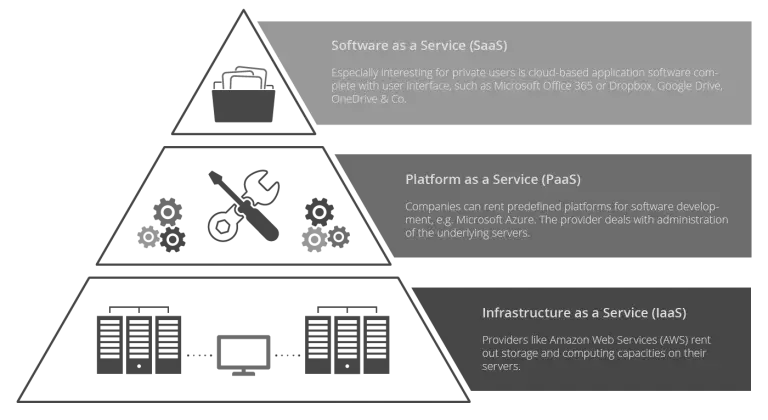2 min read
SAP Cloud Platform – PaaS = (IaaS + PaaS + SaaS)
13 February 2020
 Qazi Murtaza
Qazi Murtaza
Introduction
Does Business Technology Platform (BTP) confuse you? Don’t worry, I was in the same boat when I started reading about it. I couldn’t put it in one place either. It is too complex to be just called one thing. I will explain why this is not a comparison of other solutions with BTP.
In this blog, I will highlight how powerful BTP is and what some of its features are. If I have to sum this up I would say BTP is Software as a Service, Platform as a Service and Infrastructure as a Service. You might not agree with this now but bear with me for a second. I know officially it is called a Platform as a Service, which is what it becomes when all three of those things combine. Let us break this down and digest how this can be true.

IaaS in SAP BTP
Let’s start with the easier one, Infrastructure as a Service:
When it comes to virtual machines using Business Technology Platform (BTP), ask yourself if there is a need for IaaS when you can probably do what you want with one that uses AWS/GCP/Azure. Considering that, one might wonder why IaaS is regarded as a helpful feature.
Well, it allows you to securely connect with other platforms or suites within the SAP network. For example, it can be used as a High-Availability extension for HANA system replication.
Next up: PaaS
One of the biggest examples of PaaS would be Cloud Foundry. SAP uses Cloud Foundry standards to use many IaaS and underlying infrastructures for Application runtimes. By using Cloud Foundry, you would be able to build fast business applications, the agile way. As Cloud Foundry says, create apps, not platforms, any app, any cloud – decoupled.
Besides the Cloud Foundry environment, BTP also provides Neo Environment which runs SAP proprietary runtime. If you are looking for a comparison, follow this link.
One other example would be a managed database service. These services are divided between the above-shared environments CF and NEO. Exclusively CF you will find PostgreSQL, Redis, RabbitMQ and Object Store while on Neo you will see SAP ASE, Document service and both environments have SAP Hana service. Sadly, PostgreSQL and Redis are retiring from BTP.
Moving on to SaaS
BTP offers many other services that could be identified as PaaS, but let us move on. Software as a Service, just as PaaS, has many examples, but I will try to pick the most interesting ones.
SAP Cloud Platform Enterprise Messaging service is found in the CF environment and used for applications to communicate with each other asynchronously, much like what RabbitMQ is used for.
Another case is of Document Information Extraction. As the name suggests, it extracts information from a document, a PDF, for example, uses API and is fully automated.
If I were to pick the third example I would suggest SAP Cloud Platform Identity Provisioning Service, used to manage the identity lifecycle processes whether it is cloud or on-premise.
Conclusion
This undoubtedly confirms our initial assumption that SAP Cloud Platform is essentially a PaaS, comprising IaaS, PaaS, and SaaS. In this blog, we have merely scratched the surface of this theory. BTP is growing every day and SAP is working tirelessly in making it a more integral part of any business.
If you haven't explored it yet, go ahead and see what it has to offer. SAP Cloud Platform offers several capabilities that can enhance your business operations, enabling you to work more effectively and in an agile manner.


